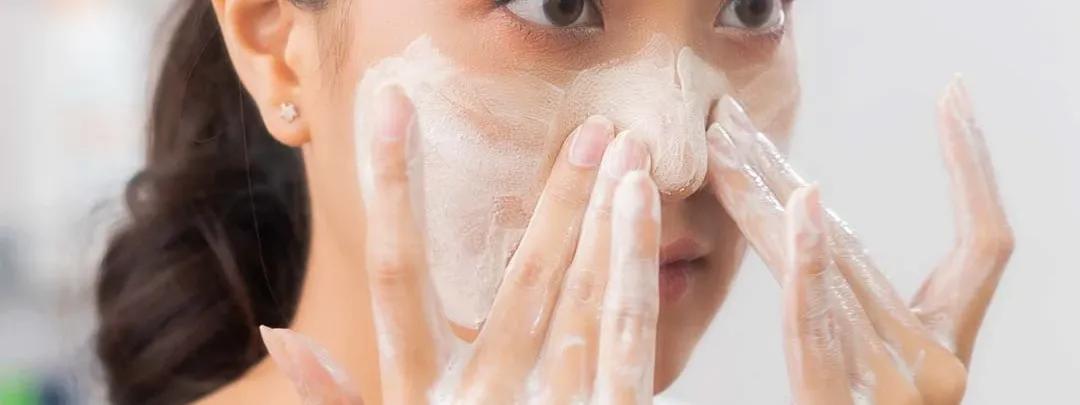Special Considerations for Acne-Prone Oily Skin
Dealing with both excess oil and breakouts requires a slightly different approach. Understanding how to address both concerns without making either worse is crucial for long-term skin health.
Differentiating Between Oily and Acne-Prone Skin
Not all oily skin is acne-prone, and not all acne occurs on oily skin. If you're dealing with regular breakouts along with excess oil, you'll need targeted acne-prone skin care products. Look for ingredients like benzoyl peroxide or salicylic acid, but introduce them slowly to avoid irritation.
Specialised Care for Combination Concerns
Many people have combination skin—oily in the T-zone but normal or dry elsewhere. This might mean using different products on different areas of your face. Mattifying products can focus on your T-zone while gentler formulas work for the rest of your face.
Frequently Asked Questions
Let's address some of the most common questions about managing oily skin effectively.
How often should I wash my face if I have oily skin?
Twice daily is usually perfect—morning and evening. Over-cleansing can actually trigger more oil production, so resist the urge to wash your face every time it feels oily during the day.
Can oily skin skip moisturiser?
Absolutely not! Skipping moisturiser will make your skin produce even more oil to compensate for the lack of hydration. Choose a lightweight, non-comedogenic formula instead.
What ingredients should I look for in products for oily skin?
Niacinamide, salicylic acid, hyaluronic acid, and tea tree oil are all brilliant for oily skin. Avoid alcohol-based products that can over-dry your skin and trigger more oil production.
How can I manage oily skin during hot and humid weather?
Switch to lighter formulas, use mattifying products, and consider blotting papers for touch-ups throughout the day. Don't skip moisturiser—just use a gel-based one instead.
Is it possible to change my skin type from oily to normal?
While you can't permanently change your skin type, you can definitely manage oil production effectively. With the right routine and lifestyle adjustments, many people find their skin becomes much more balanced over time.
Key Takeaways
Managing oily skin is all about balance, not elimination. Your skin produces oil for good reasons—protection and hydration—so the goal is regulation, not complete removal. The most effective approach combines gentle cleansing, proper hydration, targeted treatments, and lifestyle awareness. Remember, consistency beats intensity every time. Small, sustainable changes to your routine will deliver better long-term results than dramatic overhauls. Most importantly, be patient with your skin—it takes time to adjust to new routines and show real improvement. With the right approach, that excess oil can become totally manageable, leaving you with healthy, balanced skin that actually cooperates with your lifestyle.

 120 ml
120 ml 60 gm
60 gm 30 gm
30 gm 100 ml
100 ml